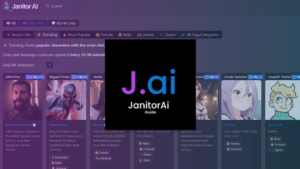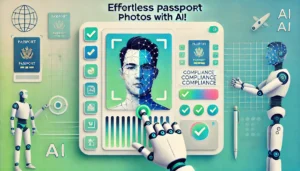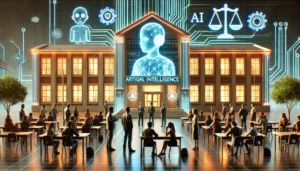ADVERTISEMENT
Top 10 Features Offered by Old Character AI
Artificial intelligence has come a long way, but every innovation has its trailblazers. Ohttps://chatgptopenais.com/what-is-old-character-ai/ld Character AI holds a special place …
What is Old Character AI
Introduction: A Nostalgic Dive into Old Character AI Imagine stepping into the past, where artificial intelligence was just starting to …
The Evolution of Old Character AI: A Journey Through Time and Innovation
Remembering the Origins of Character AI Picture yourself stepping into the digital world years ago, where the promise of talking …

About Us
We’re glad that you’re here
Lorem ipsum amet consectetuer adipiscing elit imperdiet morbi dolor tortor. Vivamus nascetur eget iaculis mollis dolor nostra nibh nascetur ullam semper corper.
Amet pharetra torquent adipiscing auctor tortor ultrices nibh imperdiet lobortis metus convallis. Felis velit sagittis natoque tellus inceptos nibh taciti integer volutpat.








